Sunday, May 3, 2015
Microsoft holographic compute

Microsoft HoloLens


Windows Holographic is a computing platform by Microsoft, enabling applications in which the presentation of virtual elements (referred to as "holograms" by Microsoft) is incorporated with that of physical real-world elements such that they are perceived to exist together in a shared environment.
Microsoft announced Windows Holographic at its "Windows 10: The Next Chapter" press event on January 21, 2015. It is set to be introduced as part of the general rollout of Windows 10, and showcased in the smart glasses headset Microsoft HoloLens. The Windows 10 launch begins in summer 2015 with release of the PC version, with HoloLens to be released sometime after.
Microsoft HoloLens

Microsoft HoloLens is a smart glasses unit that is a cordless, self-contained Windows 10 computer. It uses advanced sensors, a high-definition 3D optical head-mounted display, and spatial sound to allow for augmented reality applications, with a natural user interface that the user interacts with through gaze, voice, and hand gestures. Codenamed "Project Baraboo," HoloLens had been in development for five years before its announcement in 2015, but was conceived earlier as the original pitch made in late 2007 for what would become the Kinect technology platform.
The HoloLens design is of a visor glasses unit connected to an adjustable padded inner headband. The unit can be tilted up and down, as well as adjusted forward and backward in relation to the headband. To wear the HoloLens, the user uses an adjustment wheel at the back of the headband to secure it around the crown of their head, supporting the weight of the unit. The user then tilts the visor down in front of the eyes.
In the brow of the unit is much of the sensors and related hardware, including depth sensors, photo/video camera, and holographic processing unit. The visor front is progressively tinted from darker at the top portion with the sensor hardware, to clearer at the bottom area. Enclosed in the visor piece is an transparent combiner lens, in which the projected image is displayed in the lower half.
The HoloLens must be calibrated to the interpupillary distance (IPD) of the individual user. Similar to that of many otheroptical head-mounted displays, the display projection for the HoloLens occupies a limited portion of the user's field of view, particularly in comparison to virtual reality head-mounted displays, which typically cover a much greater field of view.Among the sensor types used in HoloLens is an energy-efficient depth camera with a 120°×120° field of view, a microphone array, a photographic video camera, and aninertial measurement unit (IMU). The inertial measurement unit includes an accelerometer, gyroscope, and a magnetometer.
Hololens is quite the device. It can track the physical space around you very well, and unlike VR, there is no requirement for markers in the room or extra cameras to track movement in the room. It is completely self-contained, and that may be one of its biggest wins of all.
The holograms themselves were very good, but they were so limited in scope that I can only hope that some work can be done there before the device goes for sale. There is a tremendous opportunity here and it would be awful for it to be spoiled by poor hardware. Although I didn’t get a chance to see the January demo, I’m told by several people who did that the field of view was a lot better on those units.
Microsoft
Saturday, May 2, 2015
Micromax Canvas Spark with quad core processor and Android Lollipop launched for Rs. 4999
With the competition in the budget range offerings heating up in the Indian smartphone market, Micromax has now launched the Micromax Canvas Spark.
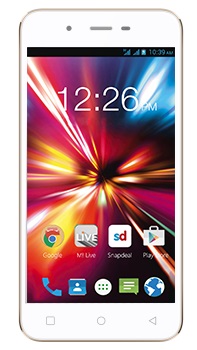

Micromax has announced the launch of the Micromax Canvas Spark, which is the company’s latest affordable smartphone in the Canvas range. The device has a 4.7 inch IPS with Corning Gorilla Glass 3 protection and resolution of 960 x 540 pixels. The smartphone is powered by a 1.3 GHz quad core processor with 1 GB of RAM and 8 GB of internal storage.
The Micromax Canvas Spark has an 8 MP rear facing auto focus camera with LED flash. There is also a front facing 2 MP camera. The device runs on the latest Android Lollipop version with a 2000 mAh battery. The handset is priced at just Rs. 4999 and is available in black and white colour options. The phone would be available exclusively on Snapdeal starting from April 29.
Micromax Canvas Spark Q380 specs:
- 4.7 inch display
- 960 x 540 pixels resolution
- 1.3 GHz quad core processor
- 1 GB RAM
- 8 GB internal memory
- 8 MP primary camera
- 2 MP front facing camera
- Android v5.0 Lollipop
- 2000 mAh battery
WhatsApp web now supports Firefox and Opera
WhatsApp recently revealed its web client, which works in tandem with the smartphone app. Until today, the web client was only compatible with Google’s Chrome browser but WhatsApp is now finally bringing support for other browsers.
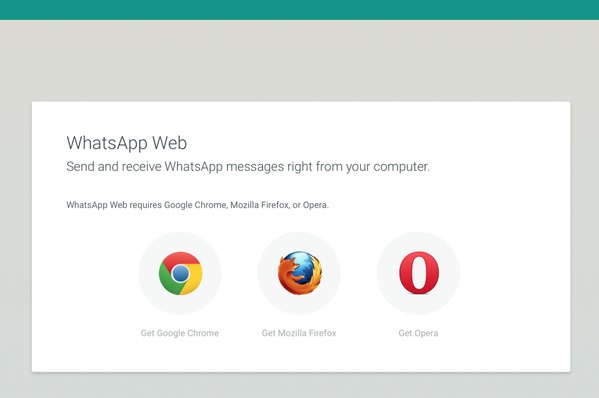

WhatsApp Web is now compatible with Mozilla’s Firefox browser along with the Opera browser. There’s still no IE support though but that should come sooner or later. So, this means that Firefox and Opera users will also be able to use the WhatsApp’s web client.
While the Facebook owned instant messenger is broadening support for more browsers, iOS devices are still not supported. WhatsApp had confirmed that iOS’ limitations are a reason for this, so we guess we’ll have to wait quite a while to see the web client make it to Apple’s platform.
Opera Mini for Android gets updated with redesigned UI
While many Android users prefer the Opera Mini browser for its data compression feature, the company has now updated the app with a redesigned UI.
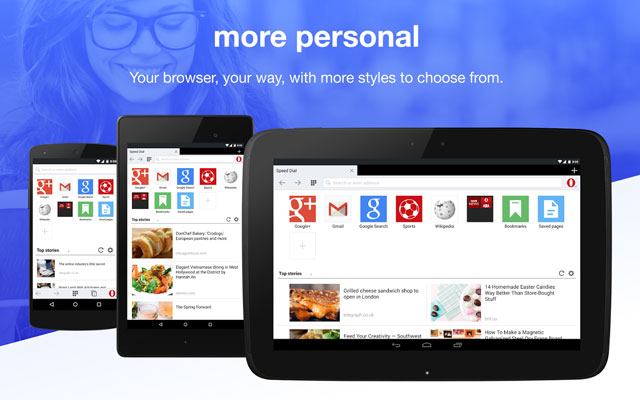

Opera Software has updated its popular Opera Mini for Android browser. The app has a completely redesigned UI with a fresh new look. There is also a very simplified menu that adds swipe support to delete bookmarks, swipe downloads to abort or swipe tabs to close. The new combined omnibar offers suggestions while typing the URL.
The new updated version of Opera Mini also has a scalable interface with higher resolution for tablets and large smartphones. The data counter shows daily progress on data savings, helping users keep data costs under control. the update also has features like revamped bookmark manager, visual tab gallery, merged start page with speed dial and discover, swipe up or long press to search and more. You can download the updated Opera Mini for Android from the Google Play store.
Google releases ‘Find My Phone’ feature for the web
While Google had already released the Android Device Manager to locate lost Android handsets, the company has now released the find my phone feature for the web.
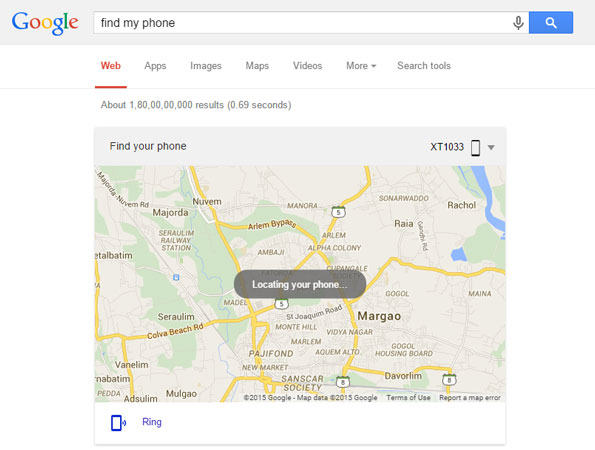

Google has released the ‘Find my Phone’ feature for the web, which enables users to find their Android handsets by making a simple web search on Google on the desktop. The service will locate the handset and display the result on a map.
To use the service, users need to type ‘Find my Phone’ in the Google search page on the web. In the search results, Google will display a map which would show the exact location of the handset. You can also ring the handset at full volume, just like the Android Device Manager. However, the feature doesn’t allow the user to lock or erase the device.
Speaking about the ‘Find my Phone’ feature, Google, posted, “We’ve all been there — you’ve searched under your car seat, tossed around the sofa cushions and you still can’t find your phone. If you know where your computer is, you can now ask Google to find your Android phone from your desktop.”
Facebook launches video calling feature for Messenger app
While the voice calling feature of WhatsApp created a roar in the industry, Facebook has now implemented video calling on its Messenger app.
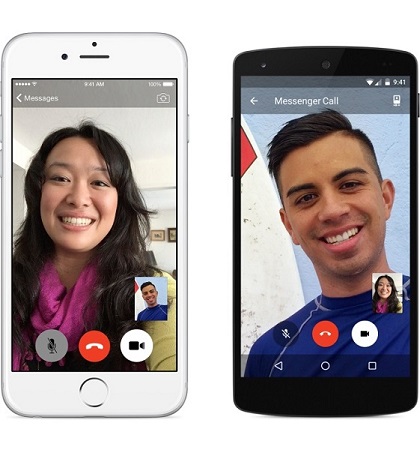

Facebook has announced the launch of video calling for its Messenger app, thus allowing users to have face-to-face conversations using the Messenger app. the video calling service, which is free for users, is available on both iOS and Android smartphones and can be accessed over cellular data or Wi-Fi connections.
According to Facebook, the Messenger app, which currently offers voice calling features, accounts for more than 10 per cent of all mobile VoIP calls globally. To initialize a Facebook Video Call using Messenger, users need to tap on the video camera icon in the top right corner of the chat season. The newly launched service will compete with Microsoft’s Skype, Google Hangouts, and Apple’s FaceTime.
Subscribe to:
Comments
(Atom)

